The mirrorless digital camera Sony ILCE-7 III is characterized by its updated sensor design and is a camera that is suitable for both photo and video applications with a variety of working situations
The newly developed 24.2 MP Exmor R BSI CMOS sensor and BIONZ X image processor are optimized for improved speed and low-light performance, enabling an impressive continuous shooting rate of 10 frames per second and improved autofocus performance for faster and more reliable subject tracking.
The updated Fast Hybrid AF system uses a combination of 693 phase detection points and 425 contrast detection areas for very fast focus acquisition in almost all lighting conditions and maintains focus on the subject more effectively. In addition to speed and autofocus, the processing improvements also ensure clearer images with greatly reduced noise throughout the sensitivity range of ISO 100-51200, which can even be extended to ISO 50-204800.
Video recording capabilities have been enhanced for improved quality when recording UHD 4K video with the full width of the full-frame sensor to minimize moiré and aliasing. Additionally, the a7 III utilizes 5-axis SteadyShot INSIDE sensor-shift image stabilization, which minimizes the occurrence of camera shake by up to 5 stops.
Aside from the imaging system updates, the body design of the Sony a7 III has also been revised to include a rear 3.0" 922k-dot touchscreen LCD, which features a tilting design to better support high and low angle work. A Tru-Finder OLED EVF viewfinder with 2.36 million pixels is responsible for bright and clear subject recognition.
For greater shooting flexibility, two SD memory card slots are now available and a larger NP-FZ100 battery can now also be used to provide up to approximately 710 shots per charge. For use in harsh conditions, the body is made of a robust magnesium alloy, and this and the a7 III's weather sealing make the body resistant to dust and moisture.
24.2MP Exmor R BSI CMOS sensor and BIONZ X image processor
The 24.2 megapixel Exmor R CMOS sensor works with the BIONZ X image processor to deliver high-resolution still images and video while minimizing noise and improving speed. This sensor design works with an on-chip lens design and anti-reflective coating, as well as the elimination of the optical low-pass filter, to improve shooting quality and increase detail.
In addition, a copper wire layer improves data transfer speed for the creation of 14-bit high resolution stills with a native sensitivity of ISO 100-51200, which can be extended to ISO 50-204800. In addition, the internal UHD enables 4K video recording with a wide dynamic range utilizing the full width of the full-frame sensor.
The BIONZ X processor also works in conjunction with a high-speed front-end LSI to realize faster processing times while capturing an impressive 15 stops of dynamic range at low sensitivity levels. The sensor and processor combination also enables fast continuous shooting at up to 10 frames per second at full resolution, for up to 177 consecutive frames and with full-time AF/AE, whether using the mechanical shutter or the electronic shutter. When shooting in Live View mode, a continuous shooting rate of up to 8 frames per second is still possible.
Fast hybrid AF system
An advanced 4D FOCUS system now uses a combination of 693 phase detection points, covering approximately 93% of the frame, together with 425 contrast detection areas to ensure reliable and fast autofocus and subject tracking. This fast hybrid AF system now achieves twice the focusing speed and more reliable tracking compared to previous a7 models, as well as significantly improved focusing in low light.
The use of phase detection points now enables the use of A-mount lenses via the optional LA-EA3 or LA-EA1 lens adapters with full continuous AF/AE tracking compatibility.
The Sony a7 III offers extensive customizable color and gamma controls, allowing users to adjust gamma, black level, knee, color level and more. Users can also utilize the same S-Log2 gamma curve found on high-end Sony Cinema, which brings up to 1300% more dynamic range to the video signal than the conventional REC709, increasing flexibility in post-production.
HLG (Hybrid Log-Gamma) support is also available for recording within a wide color space in addition to the BT.2020 color space. In addition to S-Log2, S-Log3 is also available to create an effective 14-stop dynamic range with improved grading control in the shadow to mid-tone range of the image.
Body design and integrated Wi-Fi/Bluetooth
The XGA OLED Tru-Finder EVF is responsible for a bright, clear and detailed image with a resolution of 2.36 million pixels and 0.78x magnification. This viewfinder design also enables the use of autofocus in focus magnifier mode as well as improved focusing to support manual focusing. In addition to the EVF, a 3.0" 922k-dot LCD is also mounted on the back of the camera, featuring a touch panel design for intuitive operation and focusing. The screen can also be tilted 107° upwards and 41° downwards to make it easier to work at high and low angles.
The magnesium alloy chassis guarantees rigidity, durability and stability while being lightweight. The lens mount has also been improved to better support heavy lenses and the grip rigidity has been improved to allow for more comfortable one-handed holding.
The weather sealing is designed to resist dust and moisture and ensure reliable operation in harsh weather conditions.
With the NP-FZ100 battery, the a7 III has improved battery life and is now rated for approximately 710 shots per charge. Dual SD memory card slots allow flexible file storage and editing and can be configured to partition raw and JPEG files or be used for overflow recording. One of the card slots is designed to support UHS-II memory cards. In addition to a micro USB port, a USB 3.0 Type-C port has been added to enable faster and more reliable tethering support. The USB Type-C port allows the camera to be charged via the host's power source while plugged in.
Built-in Wi-Fi allows the Sony a7 III to instantly share images to mobile devices for direct online sharing to social networks, email and cloud. NFC (Near Field Communication) is also supported, enabling a one-touch connection between the camera and compatible mobile devices; no complex set-up is required. Once connected, the connected mobile device can also display a live image on its screen and remotely control the camera shutter. Bluetooth connectivity enables location data to be captured.
Other camera functions
The "Ratings" function allows you to assign values from 1-5 stars to the images in the camera for faster editing and sorting during post-processing at home.
An advanced 1200-zone evaluative metering sensor delivers consistent and accurate results with multi-segment metering, center-weighted metering or spot metering. The "Highlight" and "Average" metering modes help to avoid blow-out highlights and ensure stable automatic exposure.
Anti-flicker shooting automatically detects the shutter release and times it to minimize the flicker effect for more consistent results in still images.
The new full-frame lens continues the high resolution standard that is the hallmark of Sony's top-of-the-range G Master™ lenses. It also boasts incredibly fast and precise autofocus capabilities, a lightweight, portable design and a host of professional features and customization options. This exceptionally powerful photographic tool is suitable for a wide range of amateur and professional shoots, especially for sports or nature photography.
Design and performance of the G-Master series - without compromise
The new GM FE 100-400 mm model, a super telephoto Zoom lens that meets the high standards of the highly acclaimed G-Master lens series from Sony. It ensures outstanding sharpness right up to the edge of the image and an appealing "bokeh" or background blur throughout the Zoom and focus range of the lens. This makes even the smallest details visible in every subject and every scene.
The complex design consists of 22 lens elements configured in 16 different groups, including one Super ED and two ED (Extra Low Dispersion) glass elements. Together, these elements minimize chromatic aberrations and ensure that the ultimate resolution is captured. The lens also features Sony's original Nano Coating, which minimizes unwanted reflections, making it particularly useful for sports or nature photography.
Precise, responsive autofocus
To keep up with fast-paced action, the GM FE 100-400mm super telephoto Zoomlens features a combination of a dual linear motor and a Direct Drive SSM actuator, which also ensures precise, smooth operation.
The dual motor system allows the lens drive to accelerate when focusing to capture the fast movements typical of sports and nature photography. At the same time, extremely precise position control and an optimized autofocus algorithm ensure that the subject is found and focused quickly. This maximizes the autofocus performance of a camera like the new α9.
Lightweight design, comprehensive customization options
To meet the high expectations of professional photographers, the new GM FE 100-400 mm is one of the lightest in its class, weighing just 1,395 grams, and is the ideal complement to the numerous compact design cameras from Sony.
From a functional point of view, the lens is equipped with a Zoom torque adjustment ring - a first for Sony α. This allows the user to adjust the rotation in the ring so that the Zoom is faster or slower, depending on the individual shooting style. The lens also has a focus hold button to which various functions can be assigned, including focus mode selection, autofocus area selection or the popular Eye AF lock function.
The telephoto lens is dust and moisture resistant and has a fluorine coating on the front lens element, which makes it easier to remove dust or grease deposits. In addition, the lens offers a removable tripod mount.
Professional operation and reliability
The new GM FE 100-400 mm lens offers integrated optical image stabilization, which ensures sharp images during hand-held shooting. The minimum focus range of just 0.98 meters allows for maximum versatility in outdoor applications, and the 9-blade circular aperture provides soft, pleasing bokeh.
The GM FE 100-400 mm is compatible with the 1.4x (SEL14TC model) and 2x (SEL20TC model) teleconverters. This allows photographers and videographers to shoot at up to 800 mm on full-frame cameras and approximately 1,200 mm (equivalent to 35 mm full-frame) on APS-C cameras.
A compact, lightweight comprehensive Zoom lens
This powerful 24 - 105 mm G lens with an F4 aperture throughout the Zoom range offers consistently high image quality. In addition to outstanding optical performance, it is characterized by a compact, lightweight design that ensures first-class portability and mobility, as befits the E-mount system.
Outstanding image sharpness in all areas
Four aspherical elements minimize distortion, while ED (Extra-low Dispersion) glass elements minimize chromatic aberrations. A circular aperture and carefully controlled aberration shape add expressiveness with beautiful, smooth background bokeh and natural highlights that complement outstanding sharpness and clarity of focused areas.
One lens solution for versatile use
Despite excellent optical performance and a high Zoom factor, the weight is only 663 grams. With this one powerful lens, you can capture a wide variety of subjects and situations.
Constant F4 aperture and fast AF for photos and videos
Thanks to a constant F4 aperture across the entire Zoom range, brightness is guaranteed even when the focal length changes. The Direct Drive SSM AF drive system enables fast, precise, quiet focusing. All these features make the Sony FE 24-105mm F4 G OSS an excellent choice for both stills and video.
Professional reliability and operability
A fluorine coating on the front lens element prevents contaminants such as oils, dirt and water from adhering to the lens. A dust- and moisture-resistant design and a customizable focus hold button also contribute to professional reliability and usability.
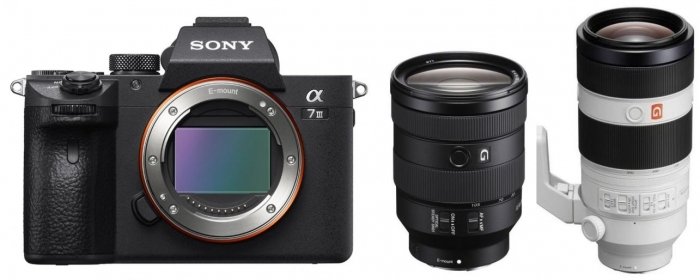


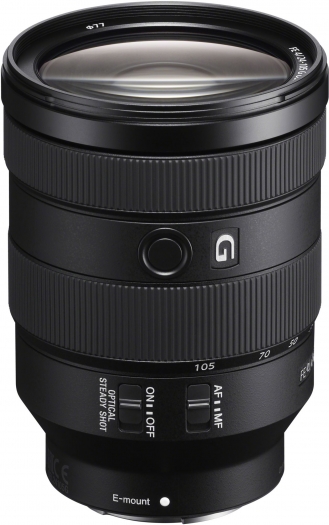

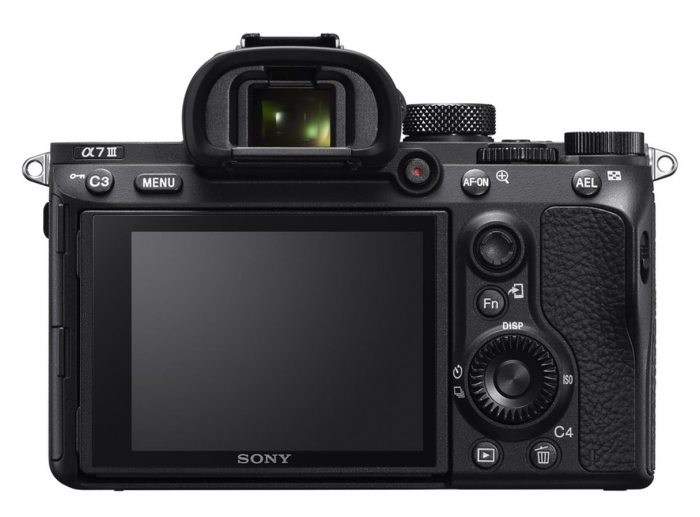
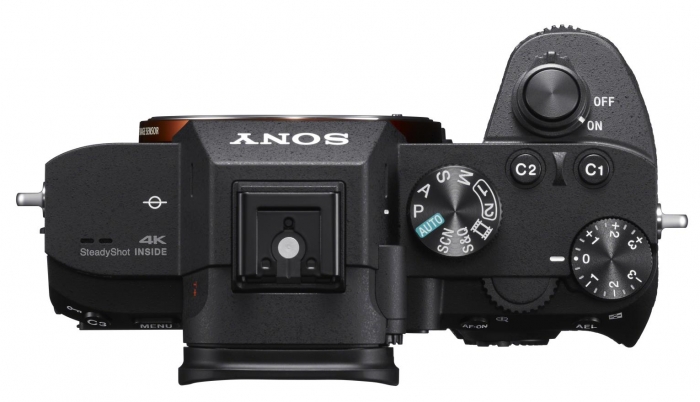
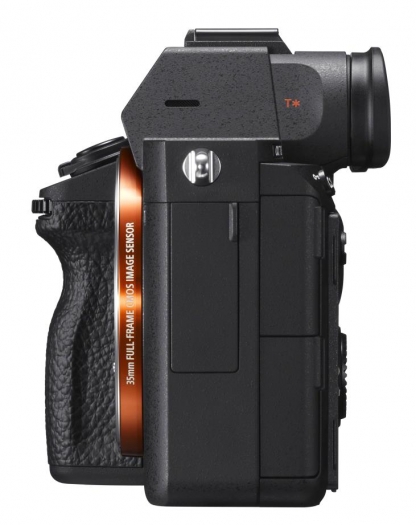
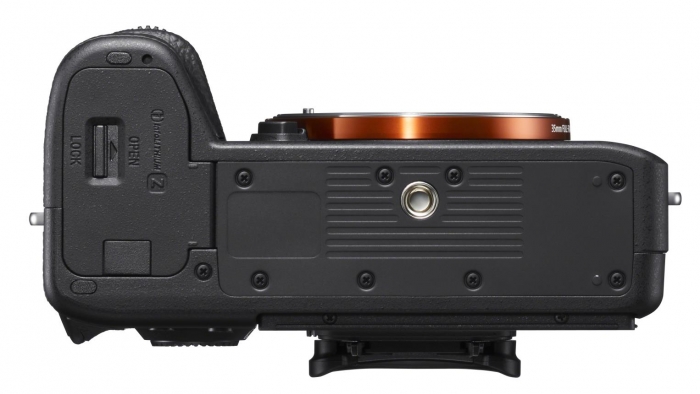
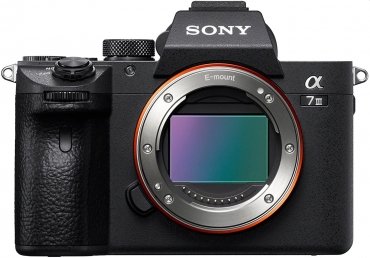
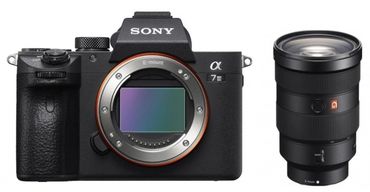

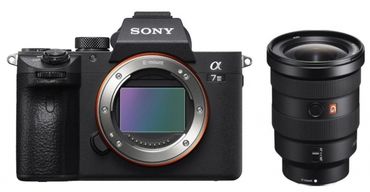

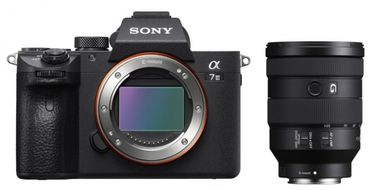
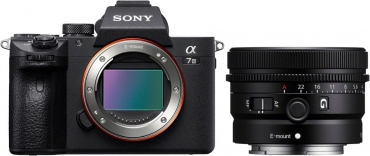
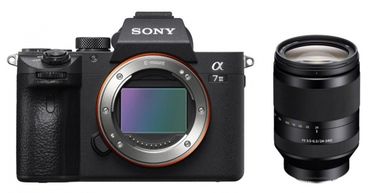
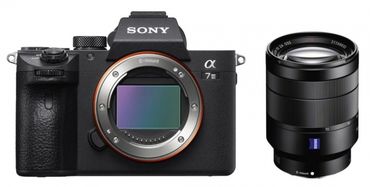

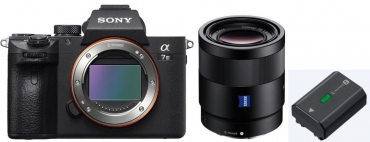
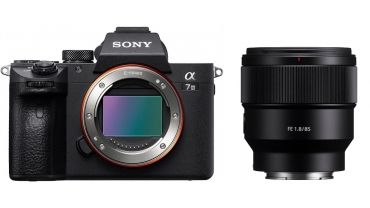
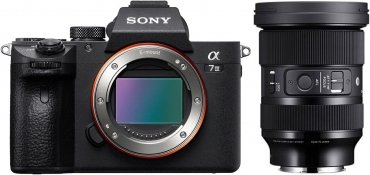


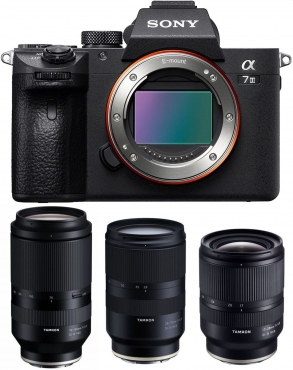
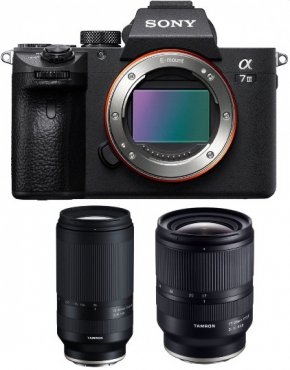
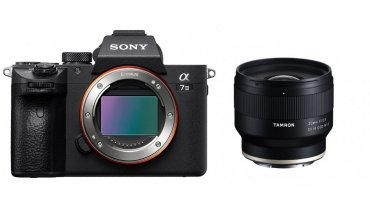
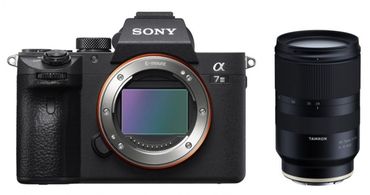

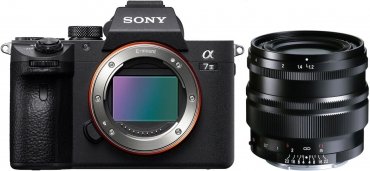

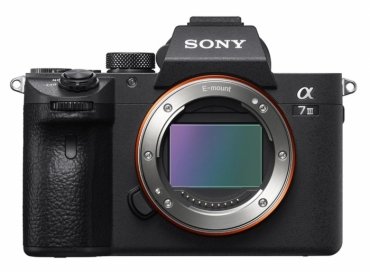
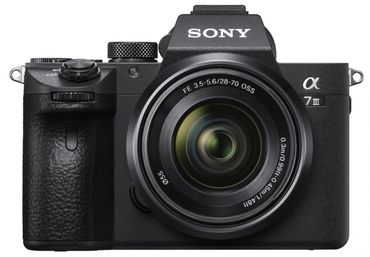

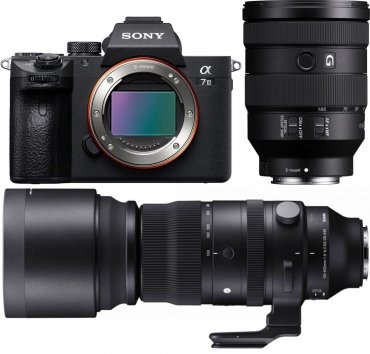
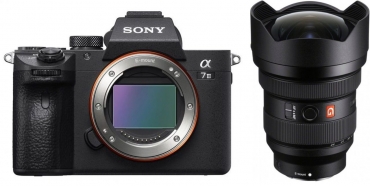

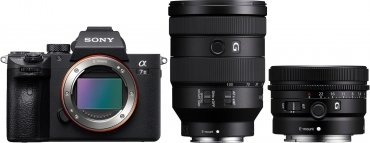

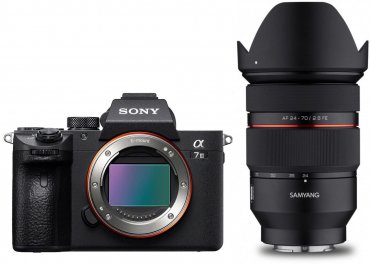
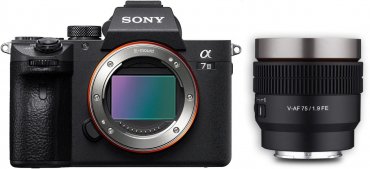

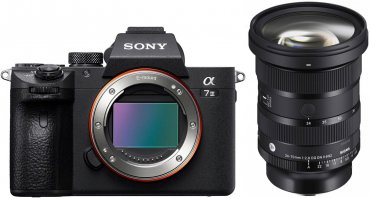
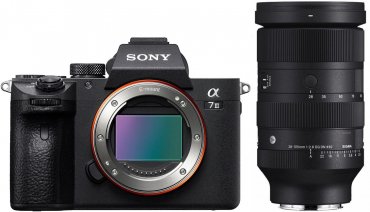
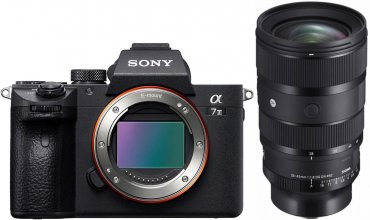
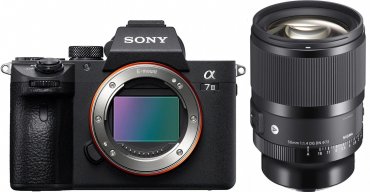
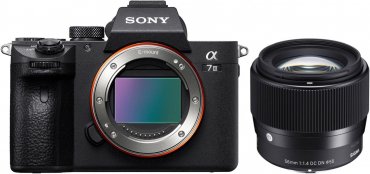
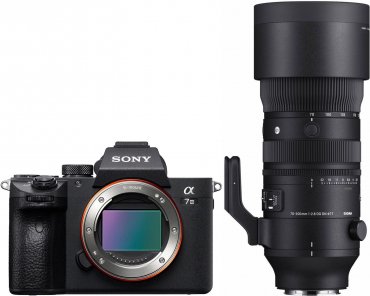

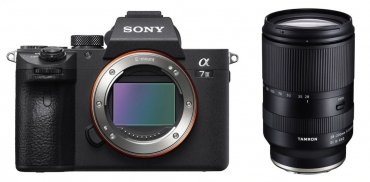
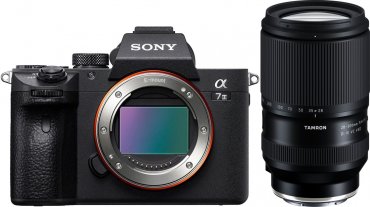

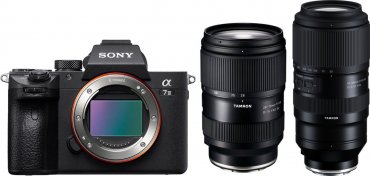

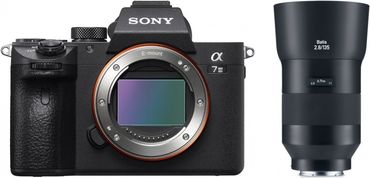
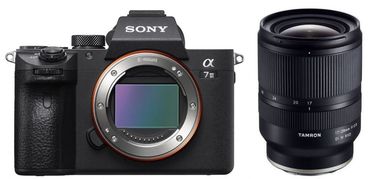
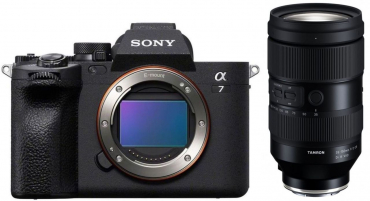

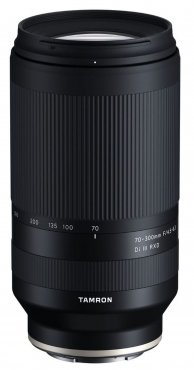

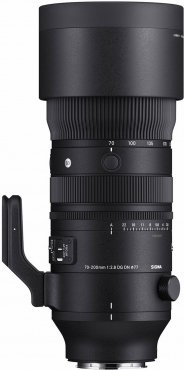
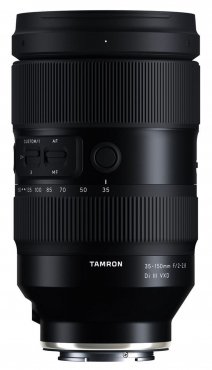
![Sigma 150-600mm f5-6.3 DG DN OS [S] Sony E-mount](https://media.foto-erhardt.de/images/product_images/thumbnail_images/907/sigma-150-600mm-f5-63-dg-dn-os-s-sony-e-mount-162814386990790304.jpg)
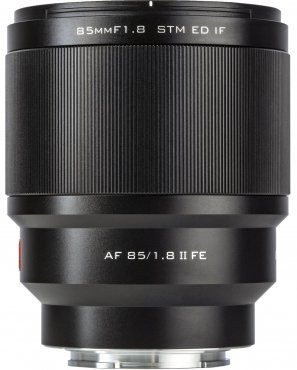
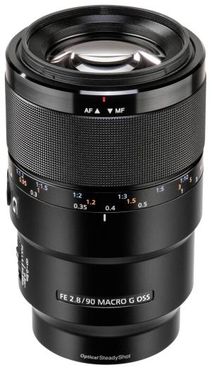
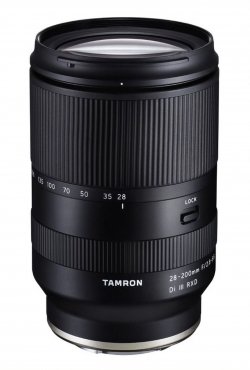
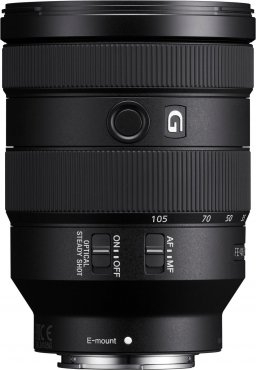
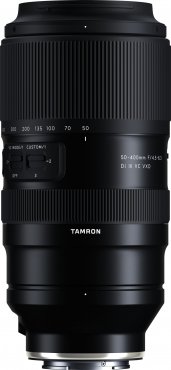
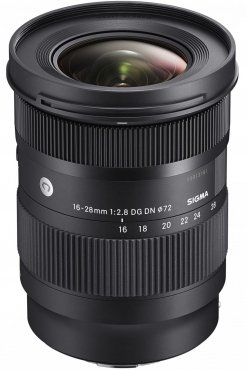
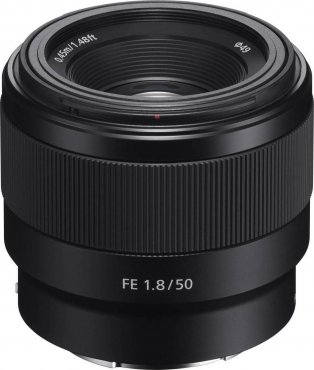
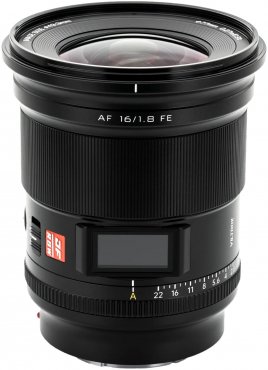


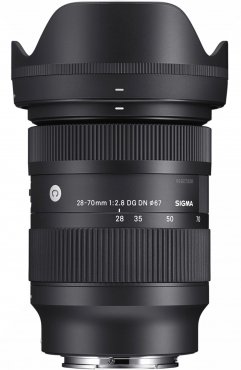
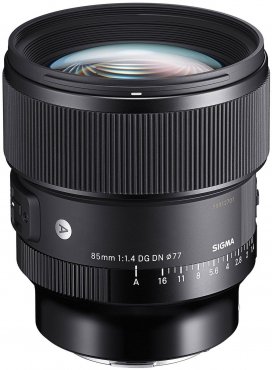
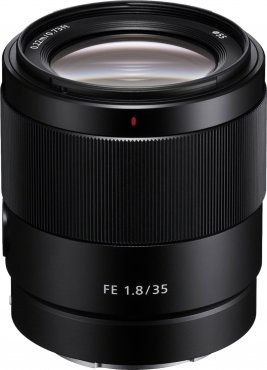
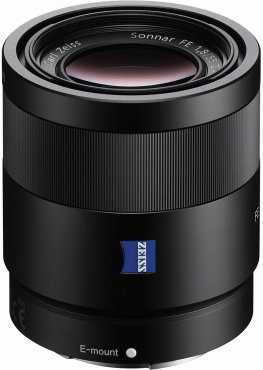
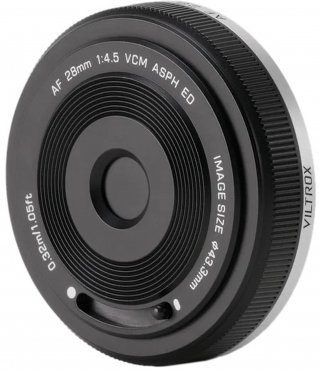
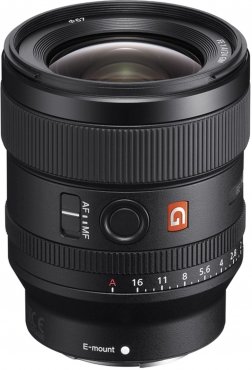
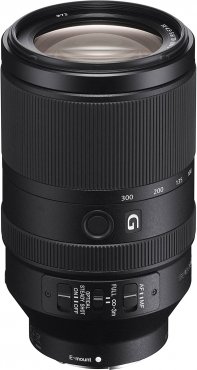
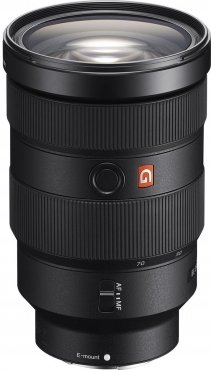
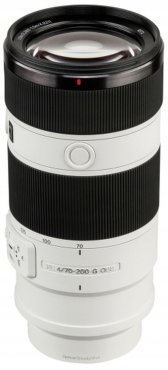
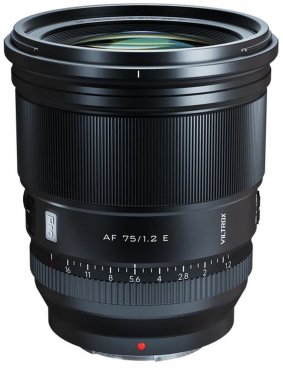
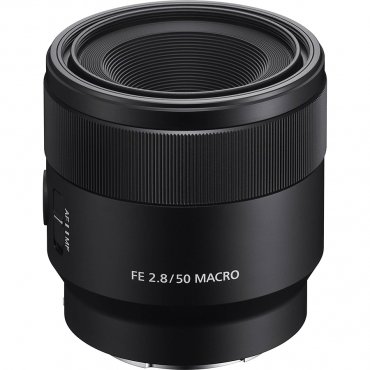
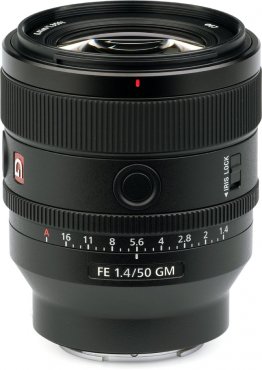
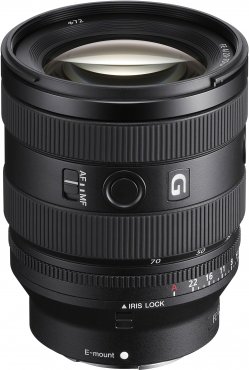
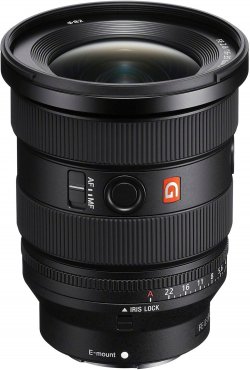
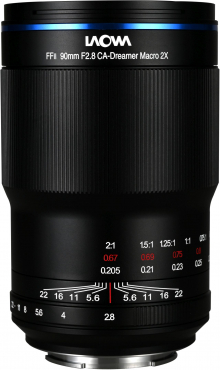
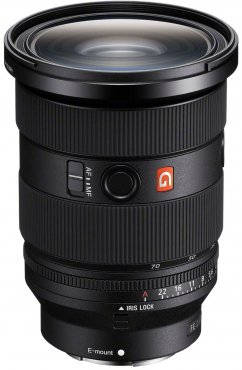


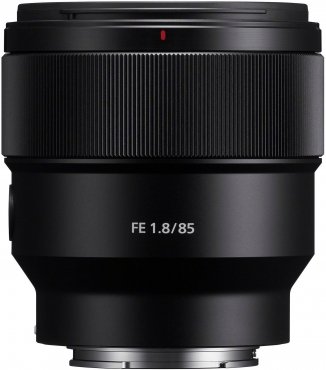
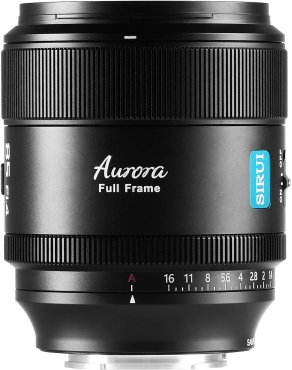
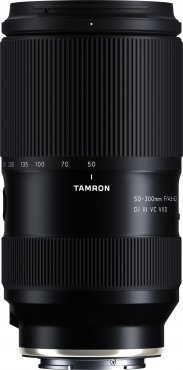
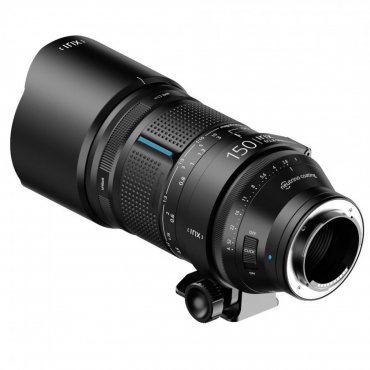
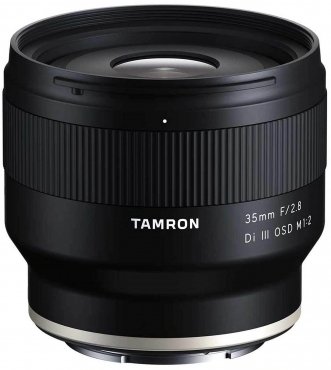
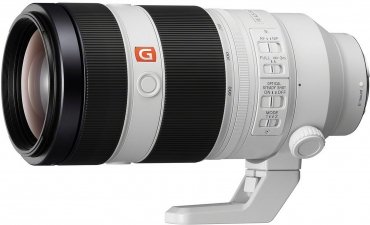

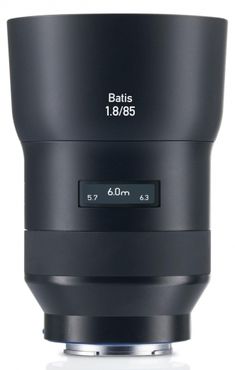


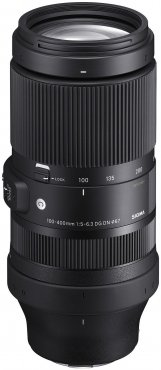
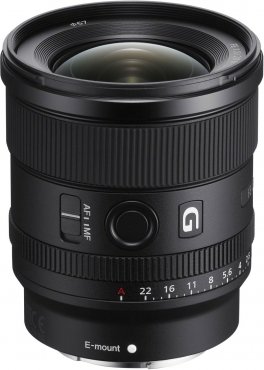


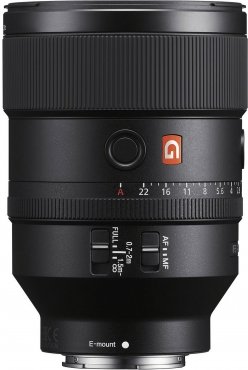
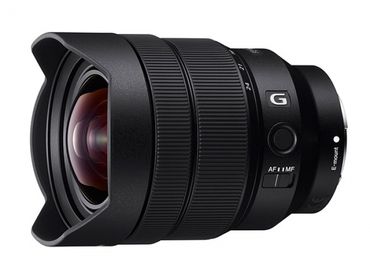

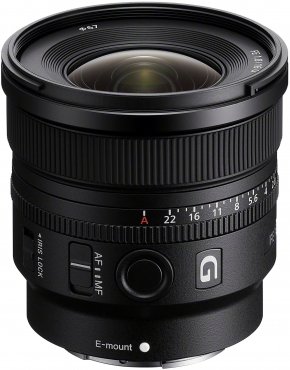
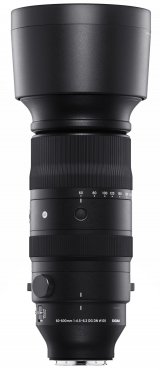


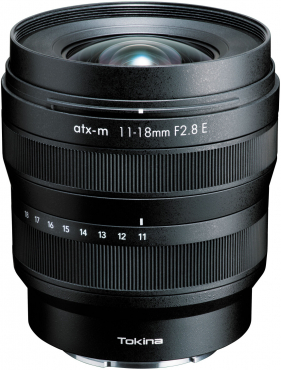
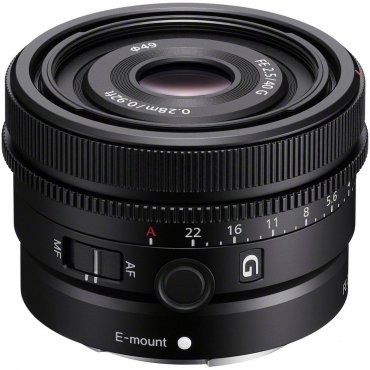
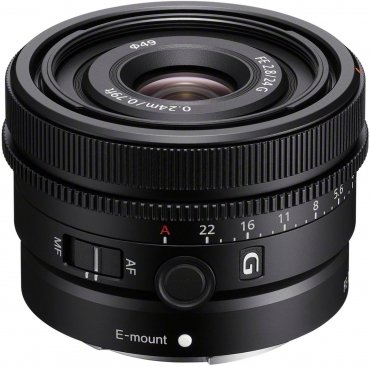
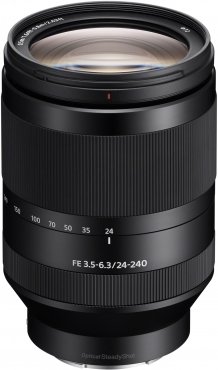
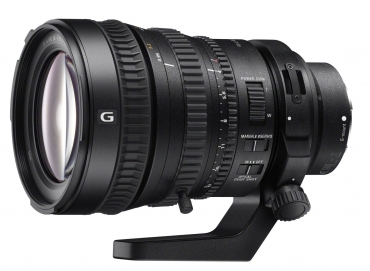
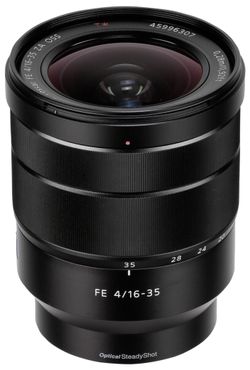
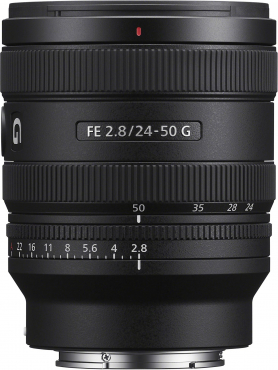
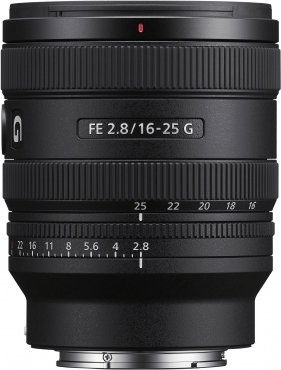

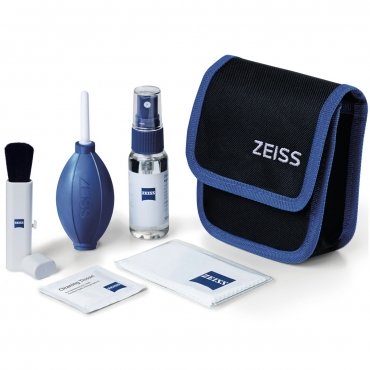
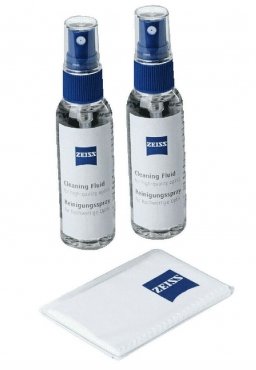
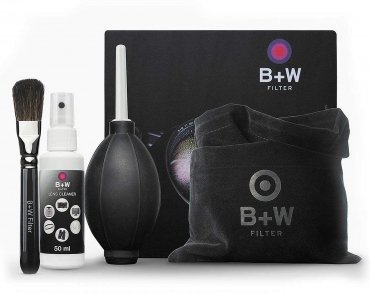
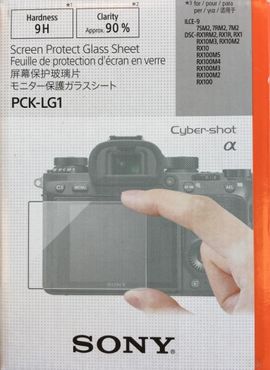
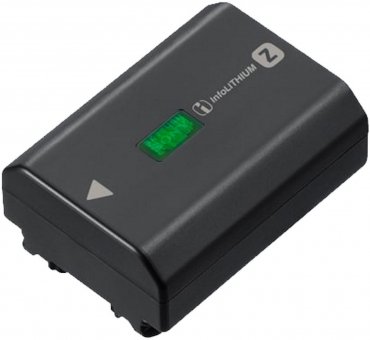
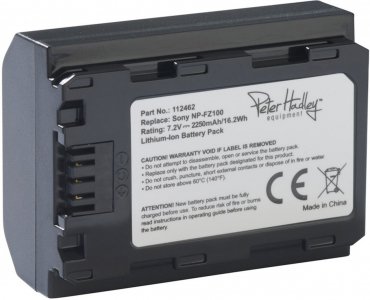


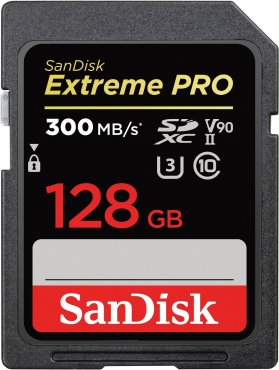
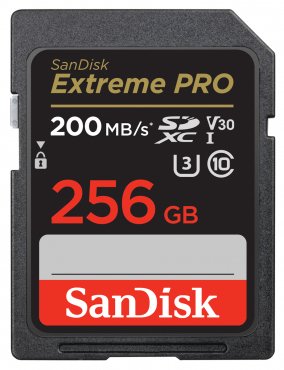

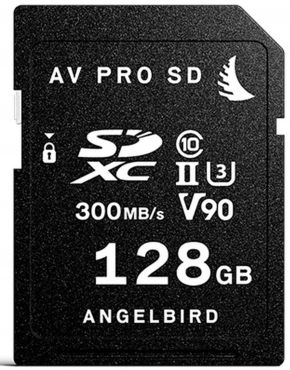
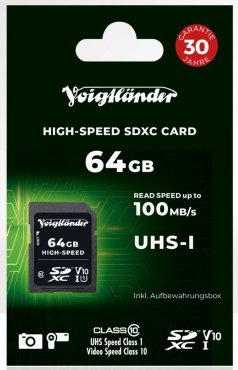
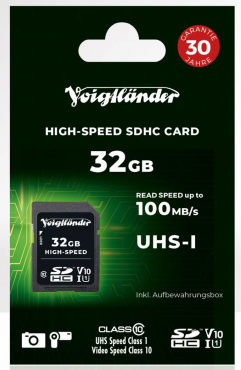
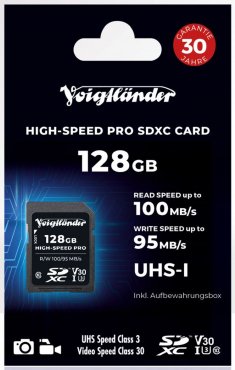



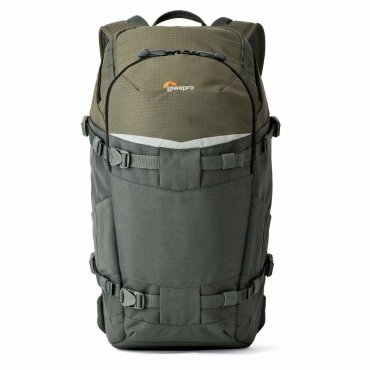

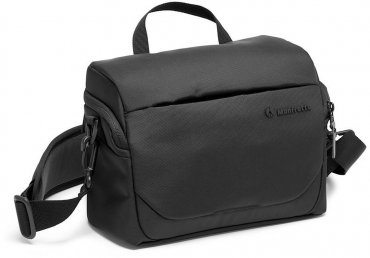
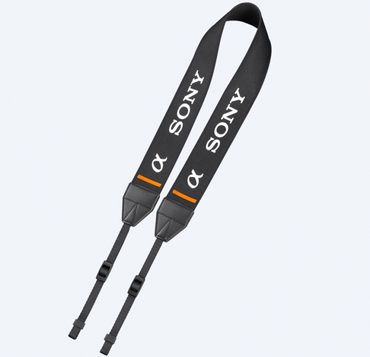

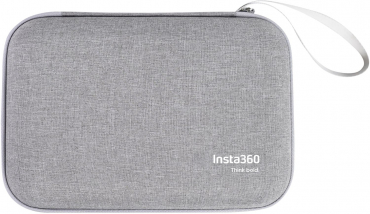
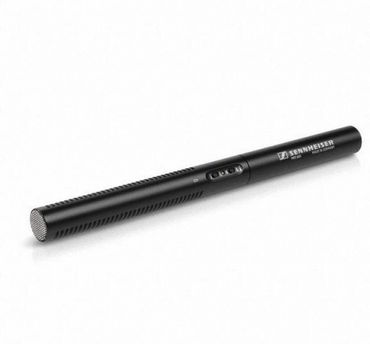
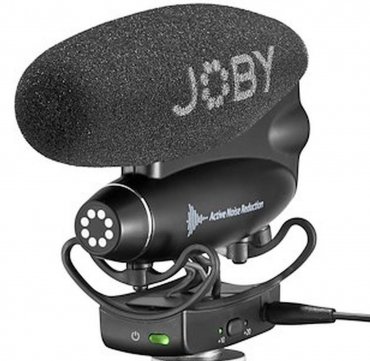
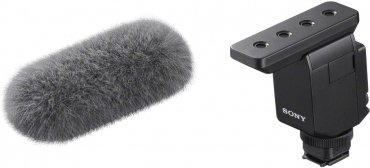
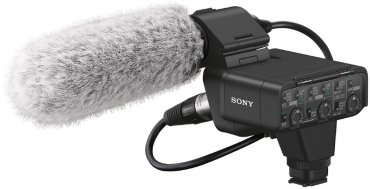

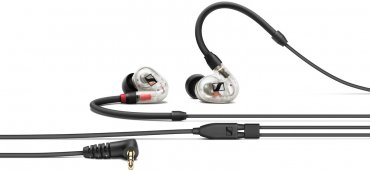
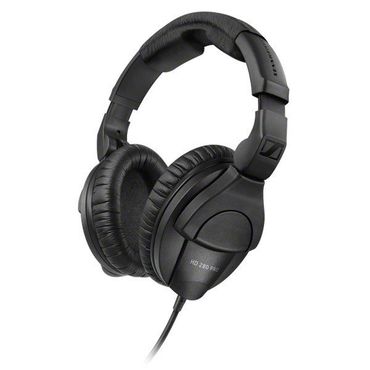
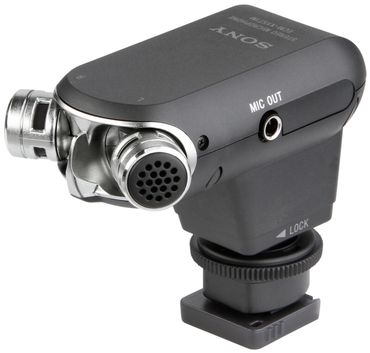
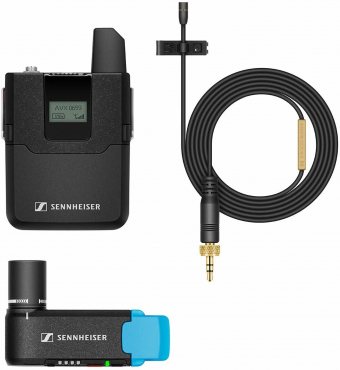
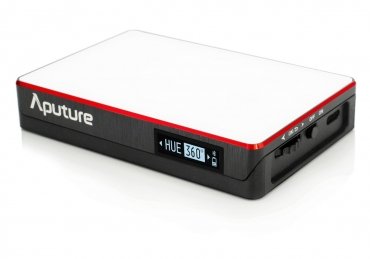
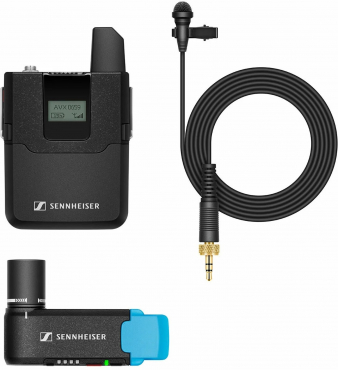
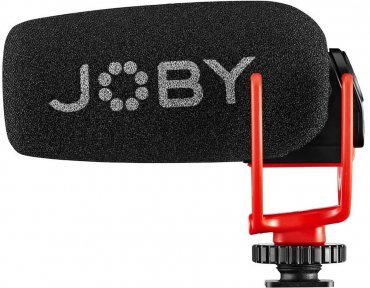
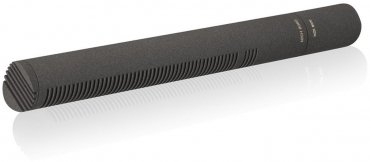
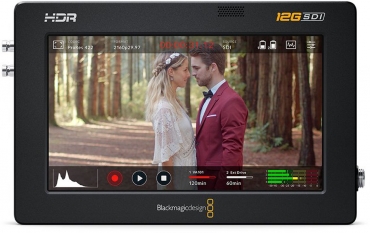
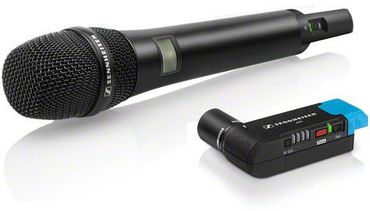
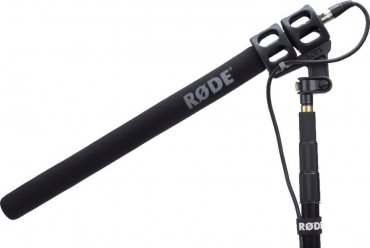
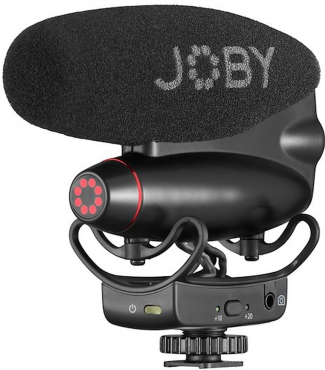

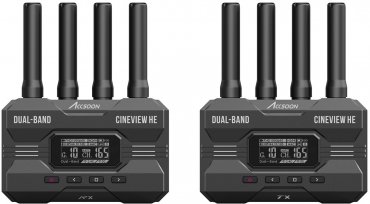
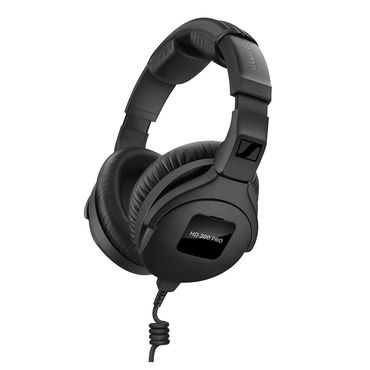
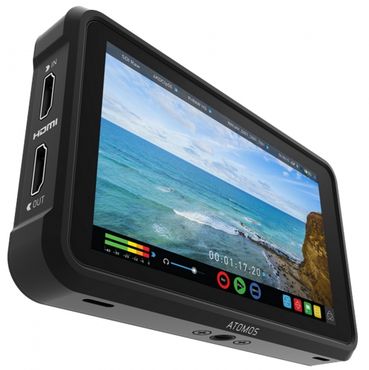
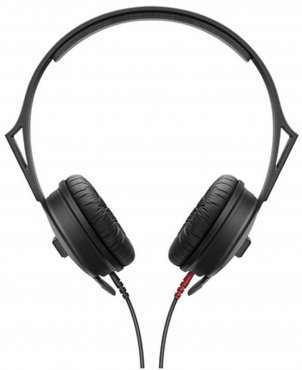


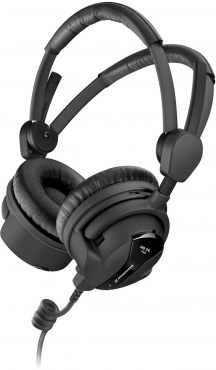




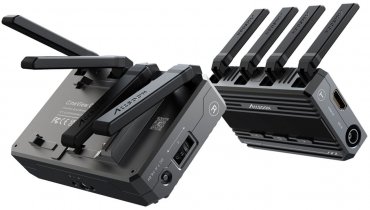

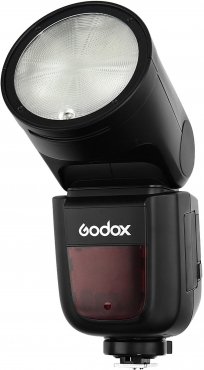
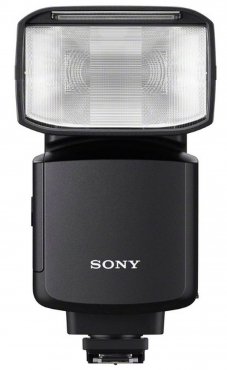
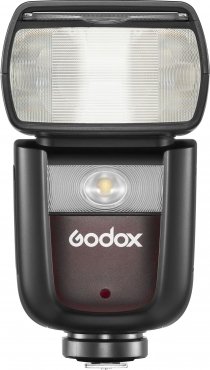
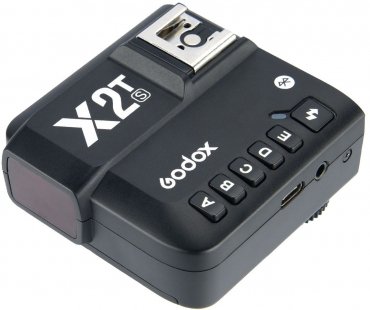
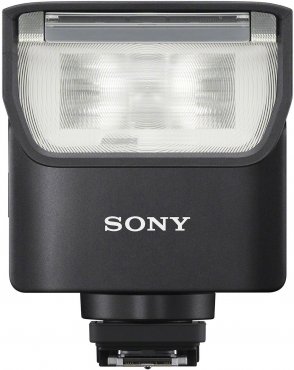
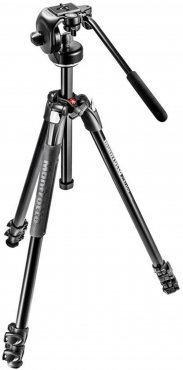
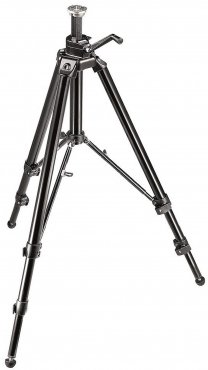
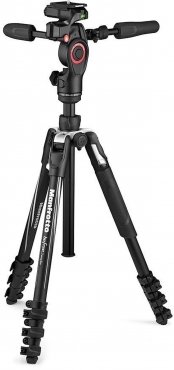


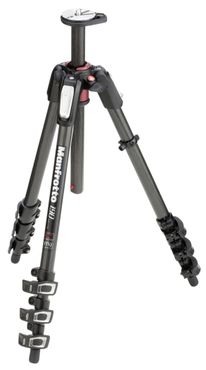

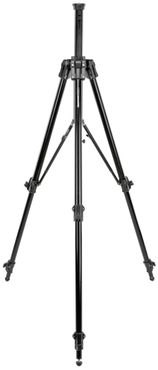
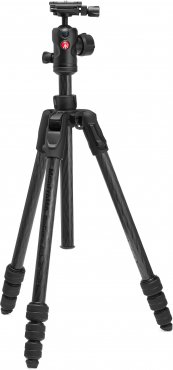
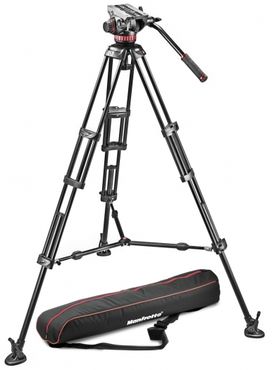
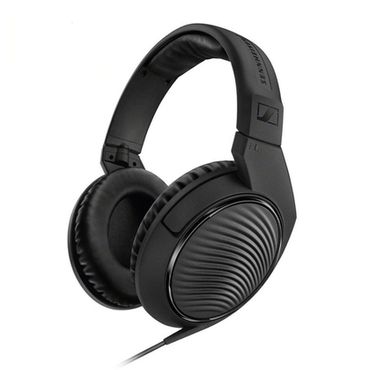
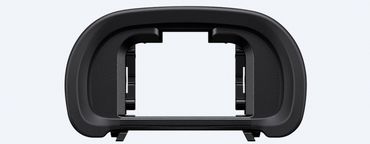

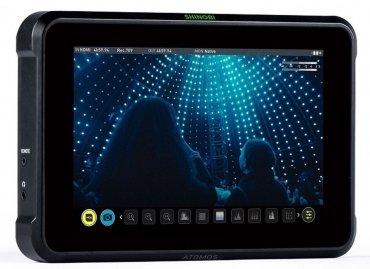


Simply subscribe and benefit as a newsletter recipient every week: